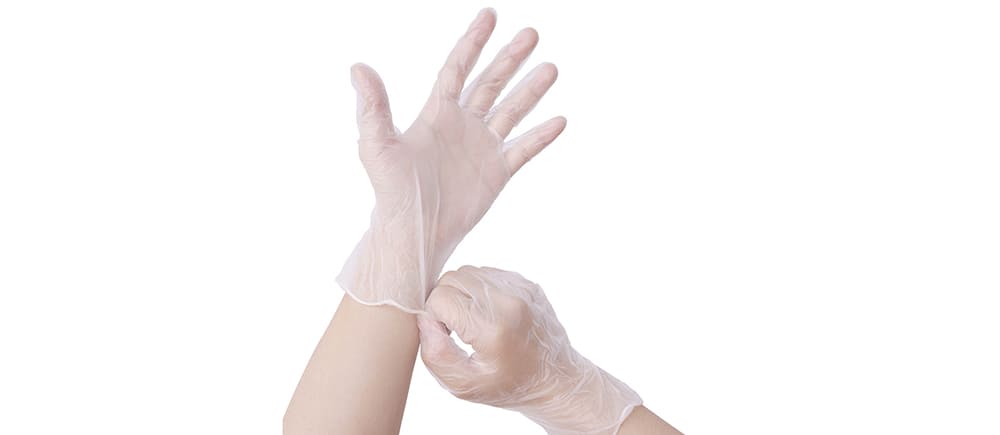Are PVC Gloves Safe for Food Handling?
When it comes to handling food, safety is of utmost importance. One common query that arises in relation to food handling is whether PVC gloves are safe to use. PVC gloves, also known as vinyl gloves, are commonly used in various industries, including the food industry. In this article, we will explore the safety aspects of PVC gloves in food handling and provide an informed perspective on the matter.
Understanding PVC Gloves:
Polyvinyl chloride (PVC) gloves are made from a synthetic material known as polyvinyl chloride. These gloves are often preferred due to their affordability, flexibility, and ease of use. PVC gloves provide a barrier between the wearer's hands and the food, minimizing the risk of contamination.

Safety Considerations:
1、Chemical Migration: One concern regarding PVC gloves in food handling is the potential migration of chemicals from the gloves to the food. PVC gloves may contain certain additives, such as plasticizers, to improve flexibility. However, there is a possibility of these additives leaching into food, especially when in contact with fatty or acidic substances. This can be a potential food safety risk.
2、Allergic Reactions: Some individuals may be allergic to the materials used in PVC gloves. If a person with a known latex allergy uses PVC gloves as an alternative, they should ensure that the gloves are latex-free. It is crucial to consider any known allergies and opt for suitable alternatives if necessary.
3、Compliance with Regulations: When choosing PVC gloves for food handling, it is essential to select gloves that comply with relevant regulations and standards. Look for gloves that meet food contact safety standards and have appropriate certifications, such as FDA (U.S. Food and Drug Administration) approval or CE (Conformité Européene) marking in Europe.

Best Practices for Safe Use:
To ensure the safe use of PVC gloves in food handling, it is recommended to follow these best practices:
1、Regular Change: Gloves should be changed regularly to prevent cross-contamination. Frequent glove changes are especially necessary when handling different types of foods, such as raw meats and ready-to-eat foods.
2、Proper Hand Hygiene: Good hand hygiene practices, including thorough handwashing before wearing gloves and after glove removal, should always be followed. Gloves should never be considered a substitute for proper handwashing.
3、Proper Glove Removal: When removing gloves, avoid touching the outer surface of the glove to prevent potential contamination. Follow proper glove removal techniques to minimize the risk of spreading any potential contaminants.
The safety of PVC gloves for food handling depends on several factors, including the quality of the gloves, proper usage, and compliance with regulations. While PVC gloves can be a cost-effective and convenient option, it is crucial to consider potential risks and adhere to best practices for safe use. As with any food safety measure, maintaining proper hygiene and following recommended guidelines are paramount for ensuring the safety of food handling operations.










